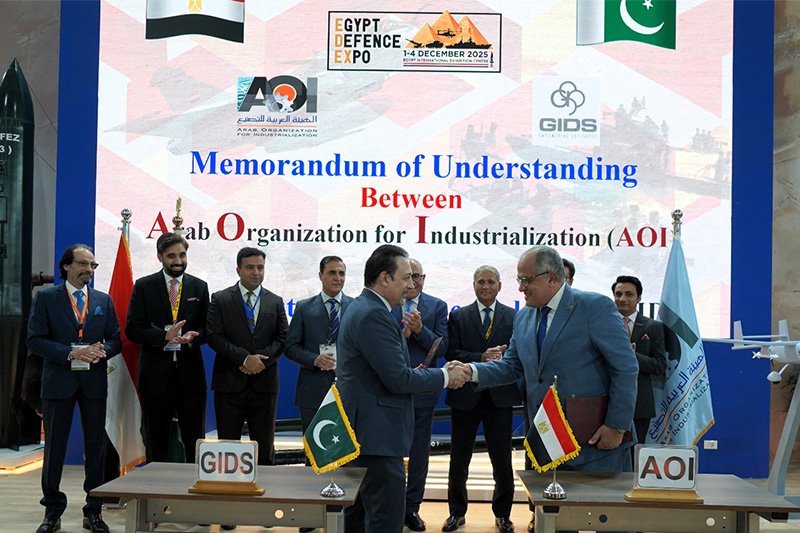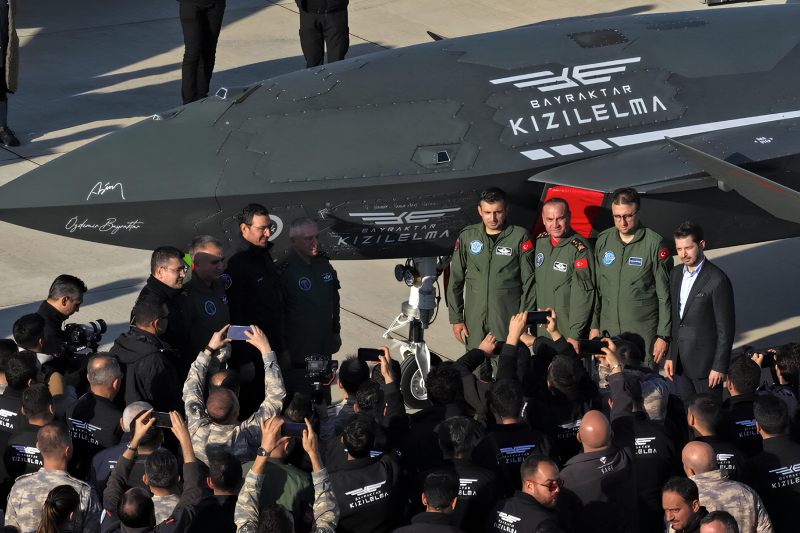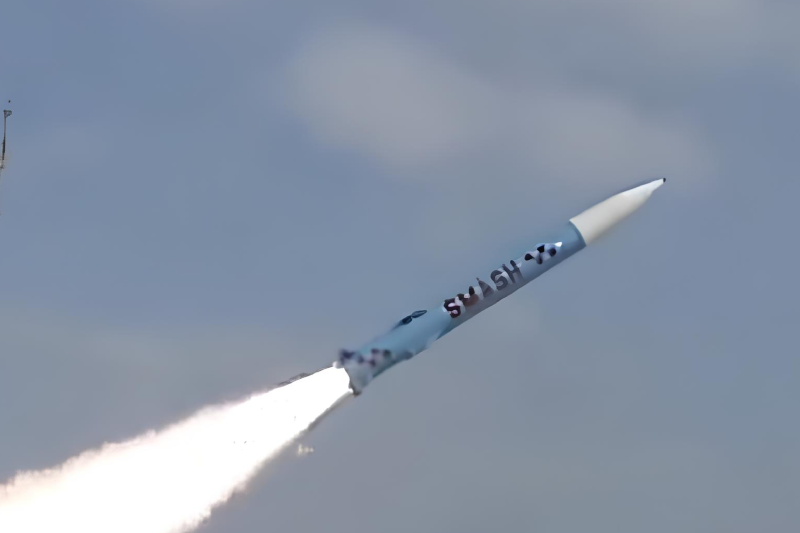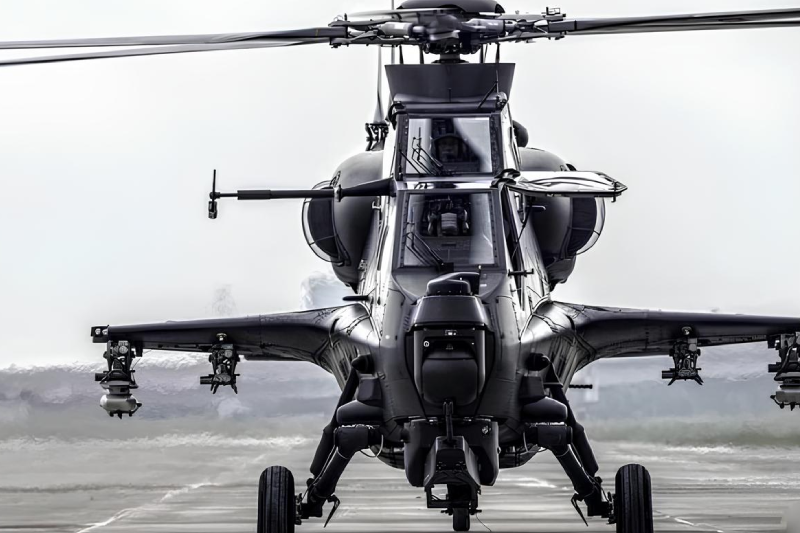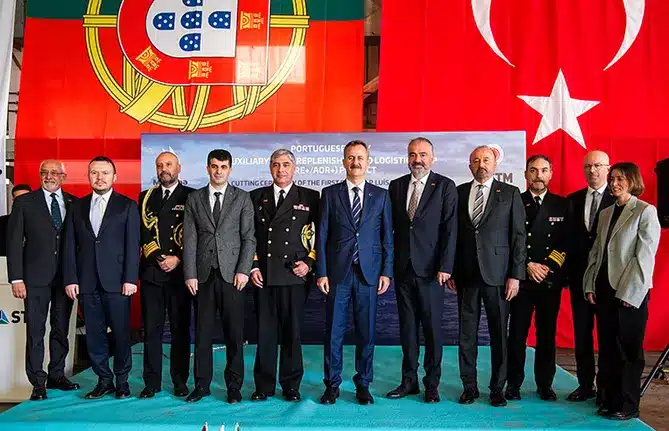US Air Force Leaders Push for E-7 and F-35 to Ensure Air Superiority
Sixteen retired Air Force four-star generals, including six former Chiefs of Staff, have issued a compelling challenge to current Pentagon defense priorities, arguing that critical military capabilities are being sacrificed in favor of unproven technologies. Their unified stance represents decades of combined military leadership experience and strategic insight into America’s defense needs.
Eight of these distinguished military leaders participated in a June 10 media roundtable, presenting detailed arguments for preserving the E-7 Wedgetail program, increasing F-35 fighter procurement, and maintaining air superiority as a fundamental defense priority. Their collective voice carries significant weight in defense policy discussions.
E-7 Wedgetail Defense Against Cancelation
The E-7 Wedgetail early warning and control aircraft faces planned cancellation despite its proven capabilities and strategic importance. Pentagon officials justify this decision by citing vulnerability to long-range missiles deployed by China and other adversaries, proposing space-based alternatives for air and ground-moving target indication.
However, the retired generals argue that this vulnerability assessment is overstated and that canceling the E-7 program would create dangerous capability gaps. They contend that the aircraft’s survivability can be enhanced through operational tactics and technological upgrades without abandoning the platform entirely.
Space-Based Alternative Limitations
General Kevin Chilton, former head of Air Force Space Command and U.S. Strategic Command, challenges the viability of space-based alternatives to the E-7. He emphasizes that space-based capabilities are not currently available and warns that the space domain is “arguably more vulnerable than any other domain” in modern warfare.
Chilton identifies three critical layers of military space systems: sensor layer, kill chain or engagement layer, and communication layer. Currently, he notes, “all we are doing is beginning to experiment with the communication layer,” highlighting the immaturity of space-based solutions for complex military missions.
Space Domain Vulnerability Concerns
The vulnerability of space-based systems presents significant strategic risks that make reliance on space-only solutions imprudent. Chilton warns that “the entire low-Earth orbit constellation that we’re looking at putting up sure is vulnerable to a nuclear detonation in space,” referencing concerns about Russian capabilities in this domain.
This vulnerability necessitates maintaining redundant capabilities across multiple domains, with airborne platforms like the E-7 providing essential backup to space-based systems. The generals argue that putting “all your eggs in one basket” represents dangerous strategic thinking that could compromise national security.
Air Battle Management Requirements
Beyond surveillance capabilities, the E-7 provides crucial air battle management functions that space-based systems cannot replicate. Former Chief of Staff General T. Michael Moseley emphasizes his preference for having “theater assets under theater control” based on his experience as a Combat Force Air Component Commander.
Lieutenant General Dave Deptula, the first deputy chief of staff for ISR, explains that effective air battle management “requires highly trained personnel to be able to interpret that data and then correlate it into action in accordance with the operational and tactical objectives.” This human element cannot be easily replicated in space-based systems.
Technology Integration Challenges
General John Loh, former Vice Chief of Staff and head of Air Combat Command, argues that disaggregating AMTI/GMTI functions across multiple platforms is not yet feasible. The concept of integrating data from fighters, drones, and satellites to perform missions traditionally handled by dedicated platforms like the E-7 remains technologically immature.
Loh notes that the Air Force has struggled for years to implement Joint All-Domain Command and Control concepts with limited success, suggesting that space-based AMTI solutions will face similar integration challenges and lengthy development timelines.
Fighter Aircraft Procurement Strategy
The generals advocate for significantly increasing F-35 fighter procurement while abandoning the problematic “divest to invest” strategy that has reduced overall Air Force capabilities. General Herbert “Hawk” Carlisle, former head of Air Combat Command, argues that this approach “hasn’t worked” and has created capability gaps.
The current goal of purchasing 72 new fighters annually is described as a “minimum number” by General Loh, who emphasizes that “quantity counts” and that insufficient attention is paid to numerical strength versus individual aircraft quality.
F-35 Combat Effectiveness
General Philip Breedlove, former Supreme Allied Commander Europe, highlights the F-35’s proven combat effectiveness in operations over Syria and Iran. He argues that the aircraft addresses both immediate “fight tonight” requirements and long-term capability needs while allowing the Air Force to address its shortage of available aircraft.
The F-35’s interoperability with allied forces represents a significant strategic advantage, with multiple nations procuring the aircraft in large numbers. This international adoption creates opportunities for shared costs, standardized training, and enhanced coalition warfare capabilities.
Air Superiority as Strategic Priority
The retired generals unanimously emphasize air superiority as the fundamental capability that enables all other military operations. Former Chief of Staff General Ronald Fogleman states that “without air superiority, both our naval and our land forces are going to be either a lot less successful, or they are going to pay a very high price.”
This air superiority requirement becomes particularly critical in potential Pacific theater conflicts, where the Air Force and Navy would bear primary responsibility for operations. The generals argue that defense budget allocation should reflect these operational realities.
Budget Allocation Reform
General Fogleman advocates for reforming defense budget distribution away from traditional “salami-slicing” that divides funding equally among services. He argues that Pacific warfare requirements demand increased Air Force funding, potentially at the expense of land forces that would play secondary roles in such conflicts.
This budget reallocation argument reflects strategic realities of modern warfare, where air and naval forces provide the primary means of power projection across vast Pacific distances. The generals contend that budget distribution should match operational requirements rather than service equality.
Modernization and Upgrade Priorities
The generals support continued F-35 modernization efforts, including new engine development that would provide increased power and range. They argue that rather than reducing F-35 procurement, the Air Force should receive additional resources to upgrade the aircraft’s capabilities and increase production numbers.
This modernization approach leverages existing successful programs rather than pursuing unproven alternatives. The generals emphasize that their recommendations align with established Air Force programs of record rather than proposing radical departures from current planning.
Also Read This: UK’s F-35 Jet Fleet Faces Delays and Shortages, Watchdog Warns
The collective argument presented by these senior Air Force leaders, therefore, represents a fundamental challenge to current defense priorities and budget allocation strategies. Moreover, their unified stance suggests deep concern about America’s ability to maintain air superiority against peer competitors like China and Russia.
The debate over E-7 cancellation, F-35 procurement, and space-based alternatives reflects broader questions about defense modernization, risk management, and strategic planning. The generals’ recommendations emphasize proven capabilities over uncertain technological solutions, advocating for measured approaches to defense transformation that maintain current strengths while developing future capabilities.
Discover more from International Defence Analysis
Subscribe to get the latest posts sent to your email.


